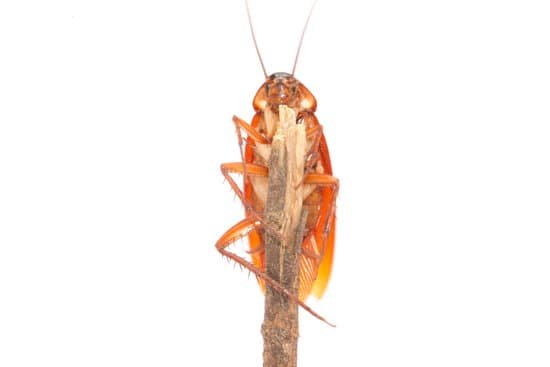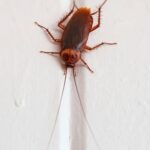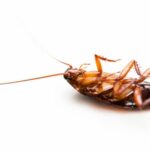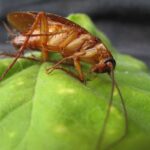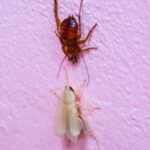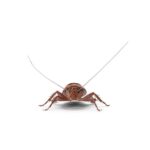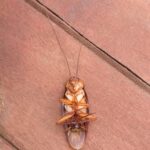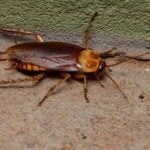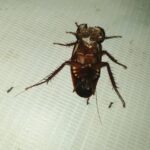Cockroaches
A cockroach is a small arthropod with a hard brown exoskeleton. Their eyes are composed of thousands of cells called ommatidia. These cells make up their mosaic vision. Cockroaches live in warm environments and are gregarious. Their head is triangular and not oval.
Cockroaches are ancient creatures that first appeared in the Carboniferous period about 280 million years ago. The most common species in the United States include the German cockroach, brown-banded cockroach, and oriental cockroach. While they can live for up to a week without water, they are most common in high-moisture areas.
Cockroaches reproduce by depositing red-brown egg cases that are 3/8 inch long. They can produce up to 200 cockroaches within a year. The nymph stage of cockroaches lasts for one to two years. They lack the reddish coloration of the adult, and do not have fully developed wings.
A cockroach’s life cycle starts with the female laying an egg case called an ootheca. The egg case is dropped by the female cockroach before hatching, although some species carry the egg case for a short period before dropping it. Once the egg cases hatch, the female cockroach produces a new batch of cockroaches every couple of weeks. The average female cockroach can produce up to 600 cockroaches during her lifetime.
There are 55 species of cockroaches found in the United States. Most are tropical and live in moist places. They eat vegetation, but some are scavengers and live in buildings.
